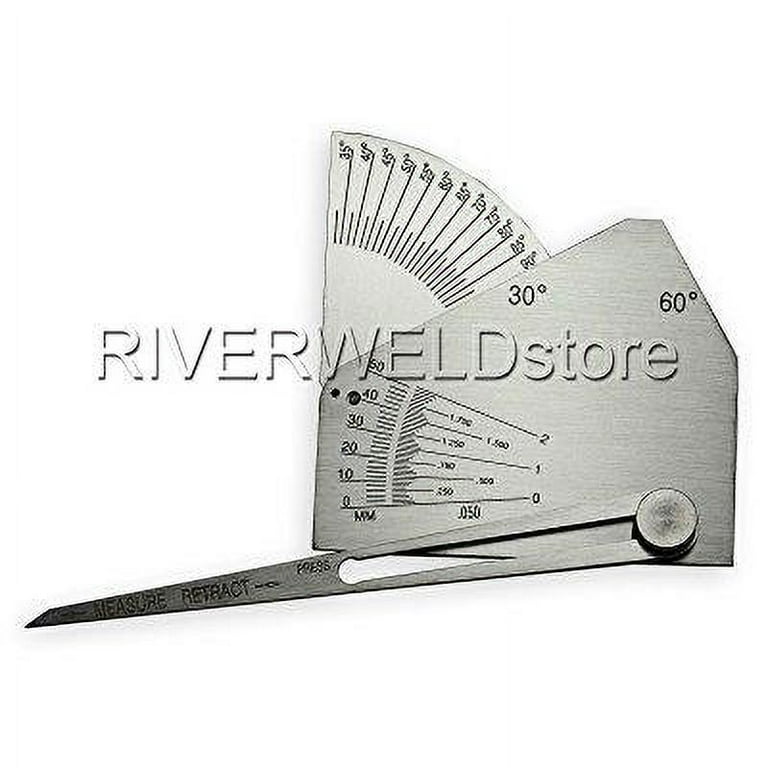How to Attain Precision with Gauge Fillet Welds in Your Jobs
How to Attain Precision with Gauge Fillet Welds in Your Jobs
Blog Article
Fillet Weld Layout Strategies: Enhancing Joint Efficiency and Looks for Structural Honesty
In the world of structural design and fabrication, the value of fillet weld layout methods can not be overemphasized. By thoroughly taking into consideration factors such as weld account optimization, material selection, joint preparation techniques, welding process effectiveness, and aesthetic improvement methods, fabricators and designers can accomplish an unified balance in between functionality and look in their bonded frameworks.
Weld Profile Optimization


Attaining an optimum weld profile involves a thorough factor to consider of elements such as product thickness, joint configuration, welding position, and wanted welding speed. Furthermore, the choice of suitable welding specifications, such as voltage, present, and travel rate, is essential in managing the form and measurements of the fillet weld. Making use of sophisticated welding methods, such as pulse welding or robotic welding, can better improve the weld profile to satisfy certain layout needs and quality requirements.
In significance, weld profile optimization is a basic element of fillet weld design that straight influences the general performance and dependability of bonded joints in structural applications.
Product Choice Factors To Consider
When taking into consideration product selection for fillet weld design, the compatibility of the base metals is a vital element affecting the architectural stability of the joint. It is important to choose products that not just weld together effectively but also have comparable mechanical properties to make sure the tons is equally distributed between the base and the weld steels. Welding products with greatly different homes can bring about concerns such as stress focus, premature joint failing, or breaking.
Furthermore, the atmosphere in which the bonded framework will certainly run must be considered when selecting products. Variables like deterioration resistance, temperature changes, and direct exposure to chemicals can all affect the long life and performance of the weld joint. By selecting products that are appropriate for the designated application and setting, the general resilience and integrity of the bonded joint can be considerably boosted.
Consequently, complete consideration of product compatibility and ecological variables is extremely important in ensuring the weld joint's stamina, longevity, and overall architectural stability.

Joint Prep Work Strategies
Taking into consideration the crucial duty material option plays in ensuring the architectural honesty of fillet weld joints, it is vital to execute accurate joint prep work methods that enhance the connection between the base metals. Joint preparation is a critical action that directly influences the quality and stamina of the weld.
Additionally, tack welding the elements in place before the last weld aids maintain alignment and lessens distortion throughout the welding procedure. By meticulously adhering to these joint preparation strategies, welders can enhance the total efficiency and appearances of fillet weld joints while making sure structural sturdiness.
Welding Process Effectiveness
Efficient welding procedures are important for accomplishing optimum productivity and top quality next page in fillet weld fabrication. One essential element of improving welding procedure effectiveness is choosing the proper welding strategy. Variables such as product kind, joint style, and welding placement have to be thoroughly considered to figure out the most ideal method. official site Processes like gas steel arc welding (GMAW) and flux-cored arc welding (FCAW) are generally used for fillet welds due to their adaptability and rate.
Regular calibration of welding machines, examination of consumables, and upkeep of welding torches can avoid downtime and revamp, inevitably conserving time and resources. Well-trained welders are a lot more proficient at readjusting criteria, fixing issues, and keeping regular weld top quality.
Aesthetic Improvement Techniques
To optimize the quality of fillet weld construction, executing visual improvement methods can play a critical function in guaranteeing accuracy and precision throughout the welding procedure. Visual improvement techniques include different strategies aimed at boosting the look and quality of fillet welds. One common technique is making use of back purging systems to get rid of oxidation on the behind of the weld, causing a cleaner, extra cosmetically pleasing coating. Additionally, using proper illumination arrangements in the welding location can improve presence, permitting welders to keep an eye on the weld pool and make certain regular grain formation. Aesthetic aids such as weld dimension evaluates and multiplying lenses can aid in evaluating weld accounts and measurements accurately. The usage of contrasting marking materials or temporary tacking can assist in aligning and positioning the work surfaces exactly prior to welding. By integrating these aesthetic enhancement approaches into the welding process, welders can accomplish not just structurally sound fillet welds however likewise aesthetically attractive outcomes that meet market requirements.

Verdict
In conclusion, optimizing fillet weld style involves cautious consideration of weld account, material selection, joint preparation, welding procedure performance, and visual enhancement methods. By carrying out these methods, architectural integrity can be enhanced while also achieving aesthetic appeal. It is necessary to focus on both efficiency and looks in fillet weld style to guarantee the overall quality and sturdiness of the joint.
By thoroughly considering elements such as weld account basics optimization, material option, joint prep work methods, welding procedure effectiveness, and visual enhancement methods, fabricators and engineers can attain a harmonious balance between capability and look in their bonded frameworks.In the world of fillet weld design, optimizing the weld account plays a crucial duty in making certain structural integrity and performance. The weld account, which consists of the size and form of the weld cross-section, straight affects the distribution of tension and load-bearing ability within the joint. It is vital to choose materials that not only weld with each other successfully yet additionally have comparable mechanical homes to make certain the lots is evenly distributed in between the weld and the base metals - Gauge Fillet Weld.In conclusion, maximizing fillet weld design includes careful consideration of weld profile, material choice, joint prep work, welding process performance, and aesthetic improvement methods
Report this page